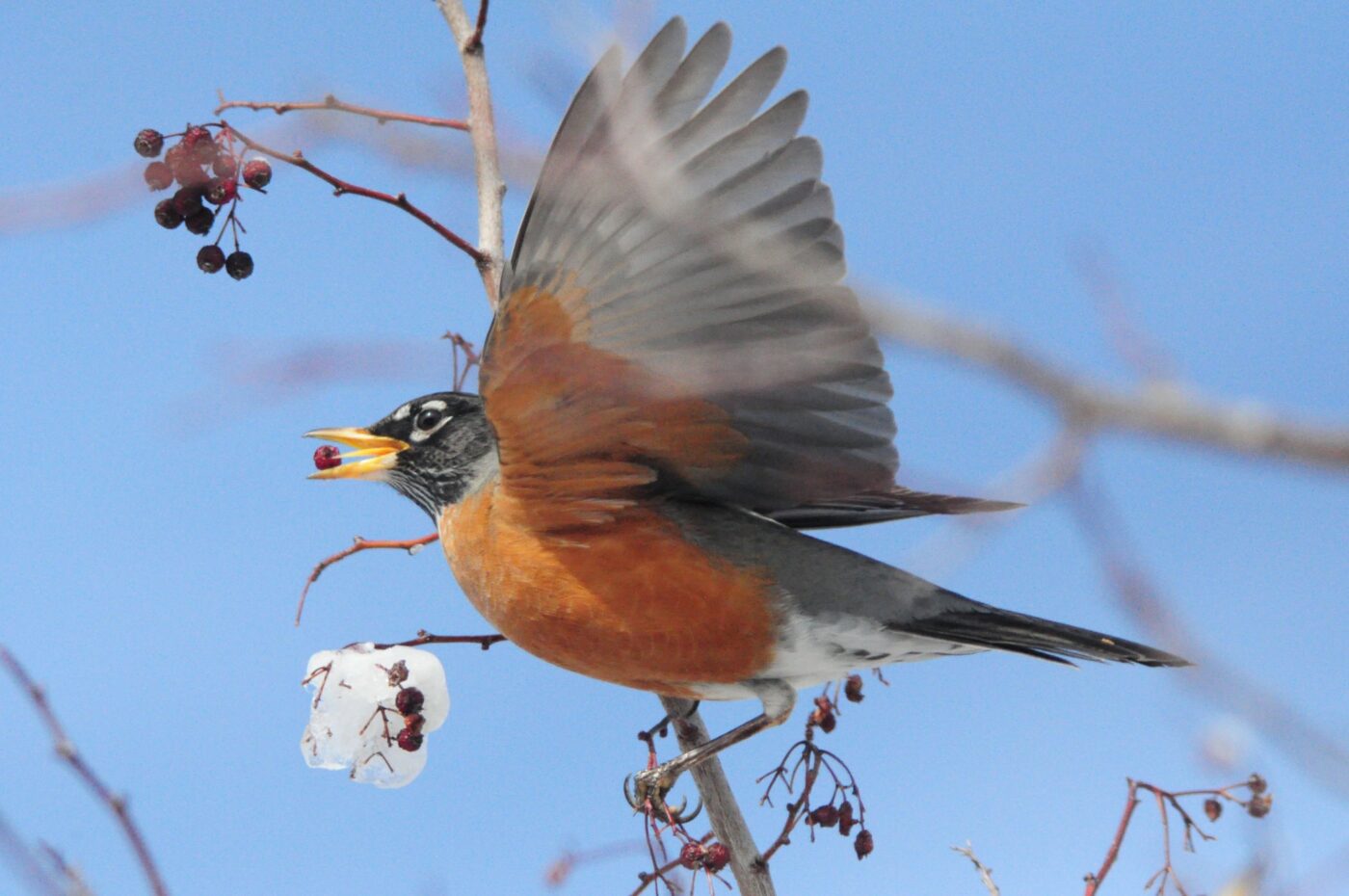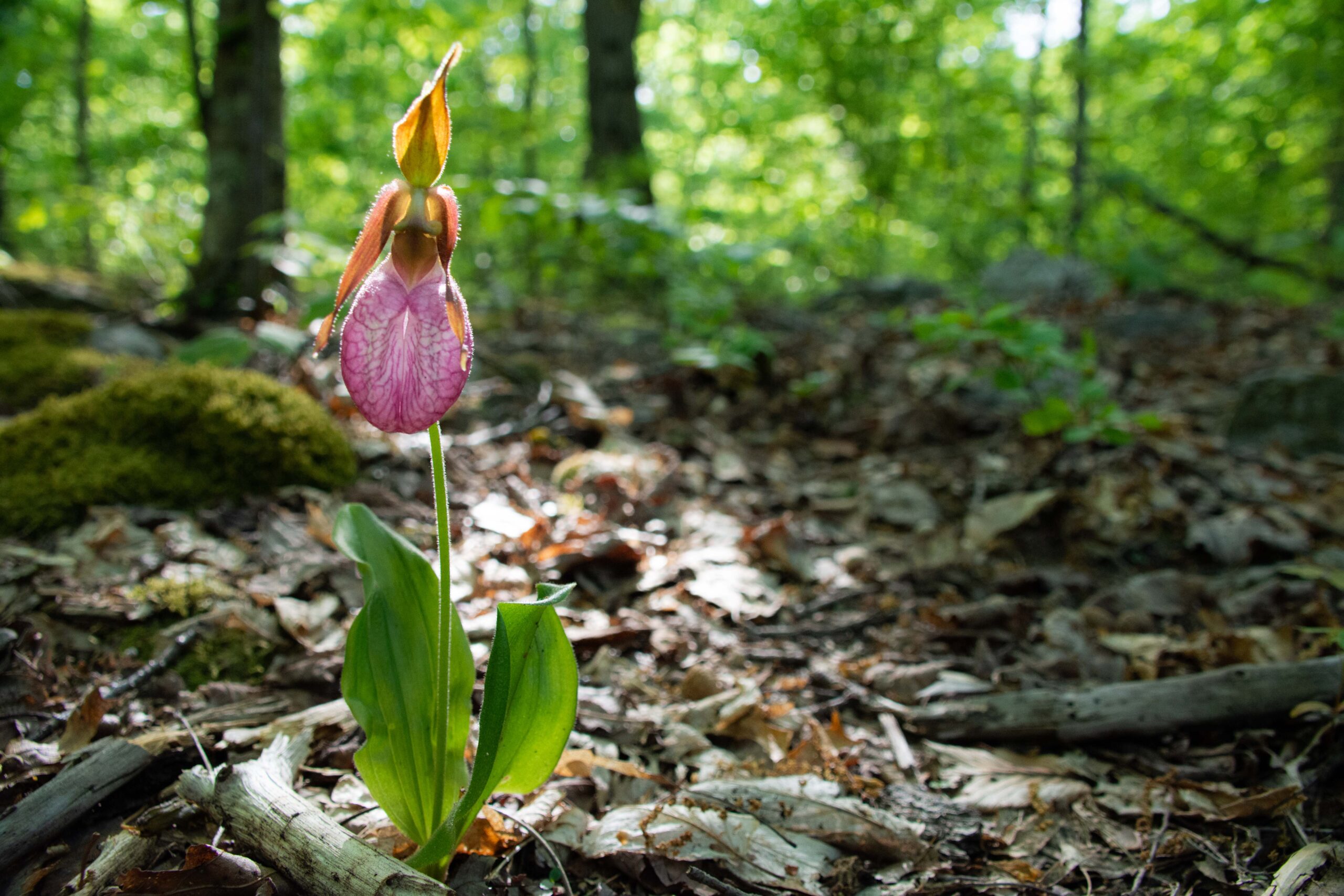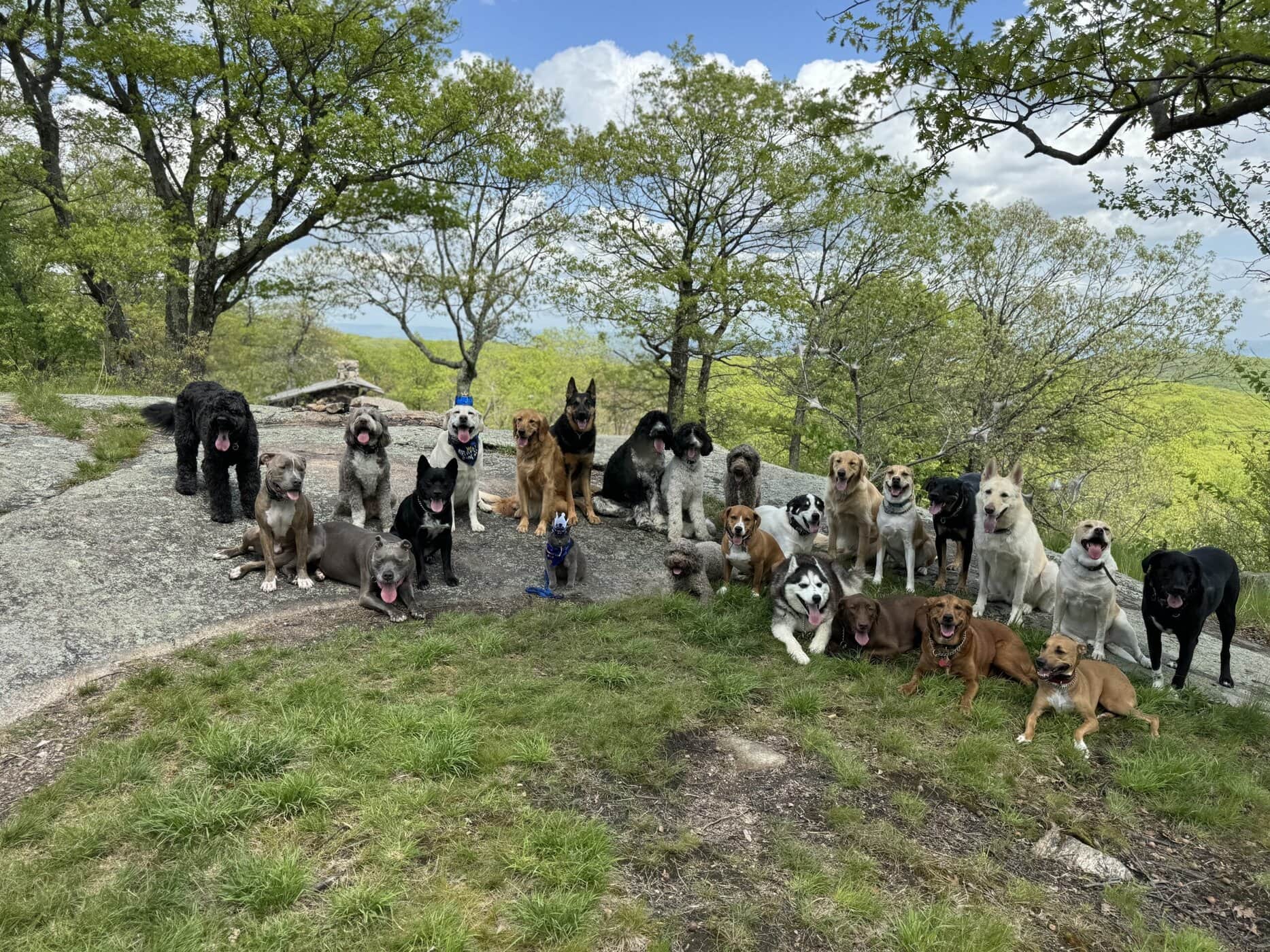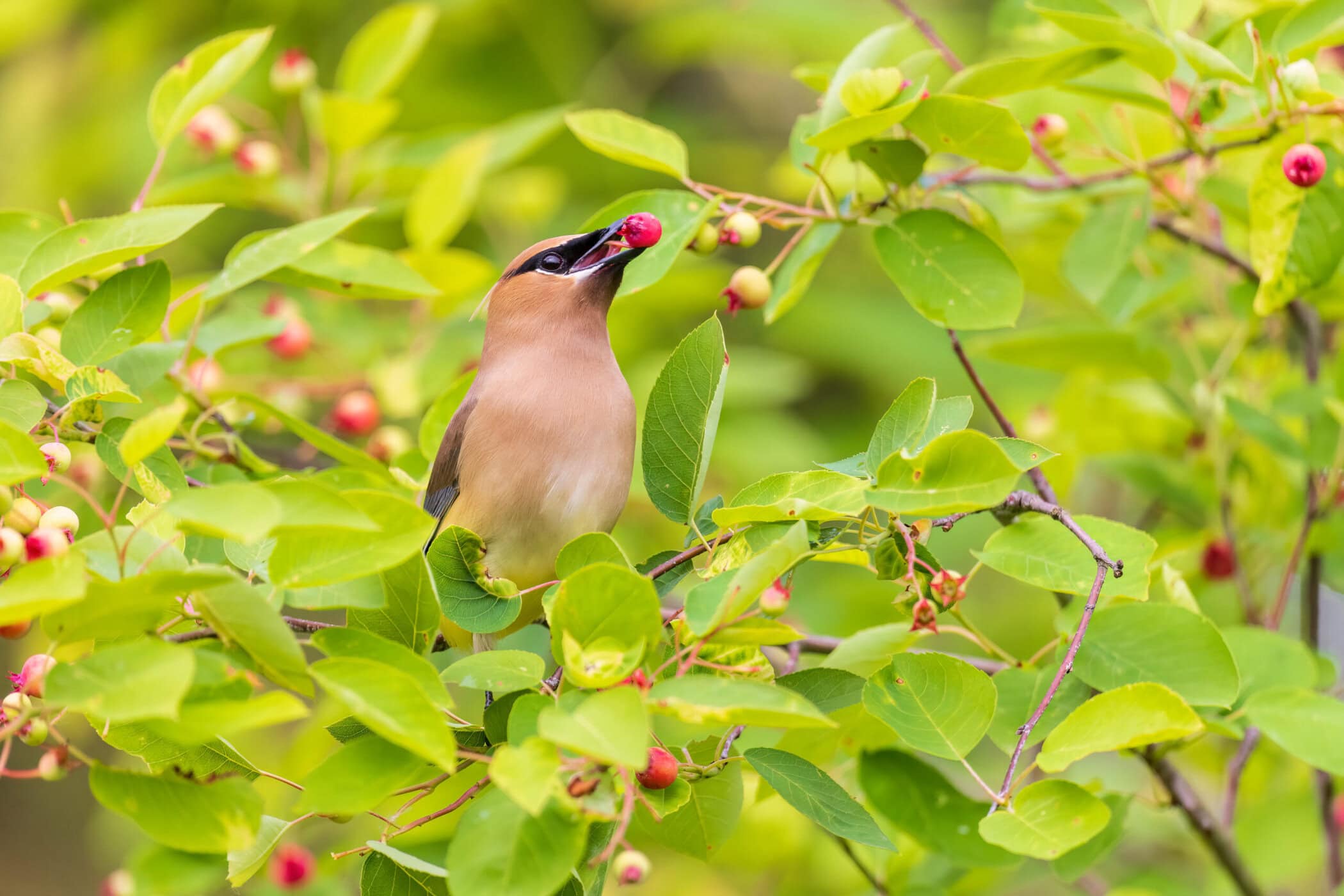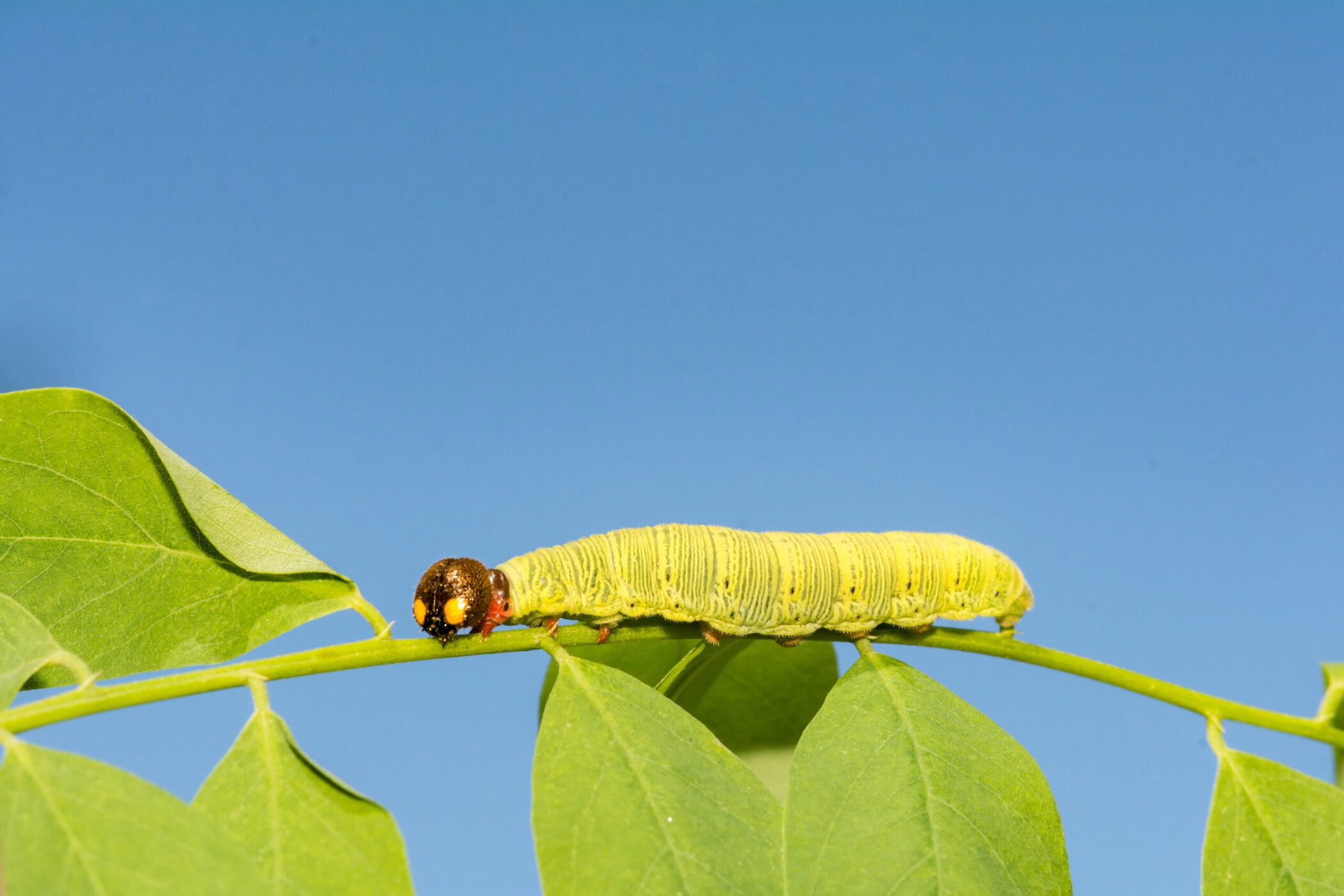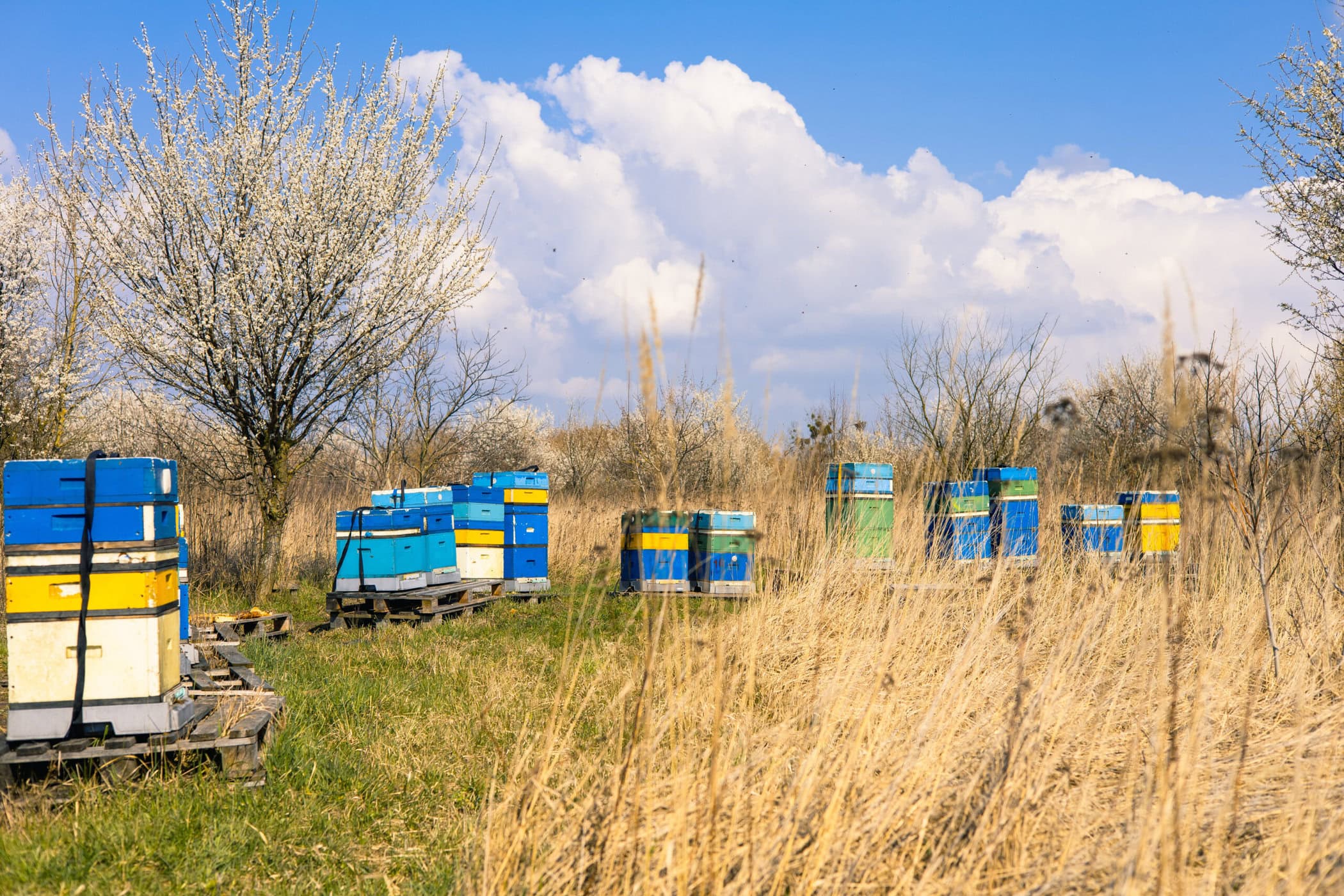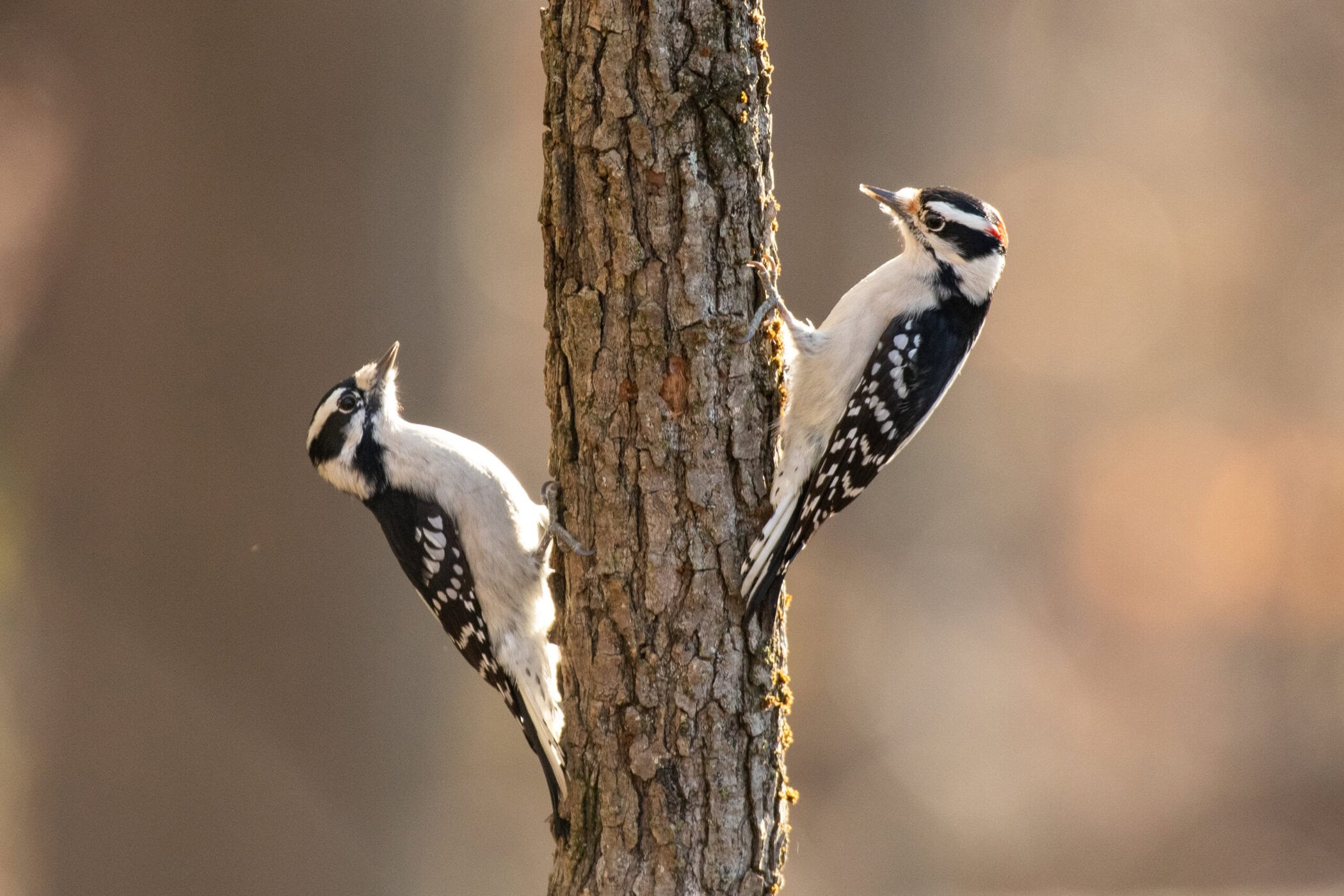The robin is the one
That interrupts the morn
With hurried, few, express reports
When March is scarcely on.
- Emily Dickinson, “The Robin”
Virtually nobody signals the arrival of spring with more brio than the robin. In fact, their call has been translated into English using a most appropriate word for the joy they bring to the emerging season — “cheerily, cheer up, cheerily, cheer up.” But that isn’t the only fascinating characteristic robins possess. Check out these fun facts about springtime’s herald.
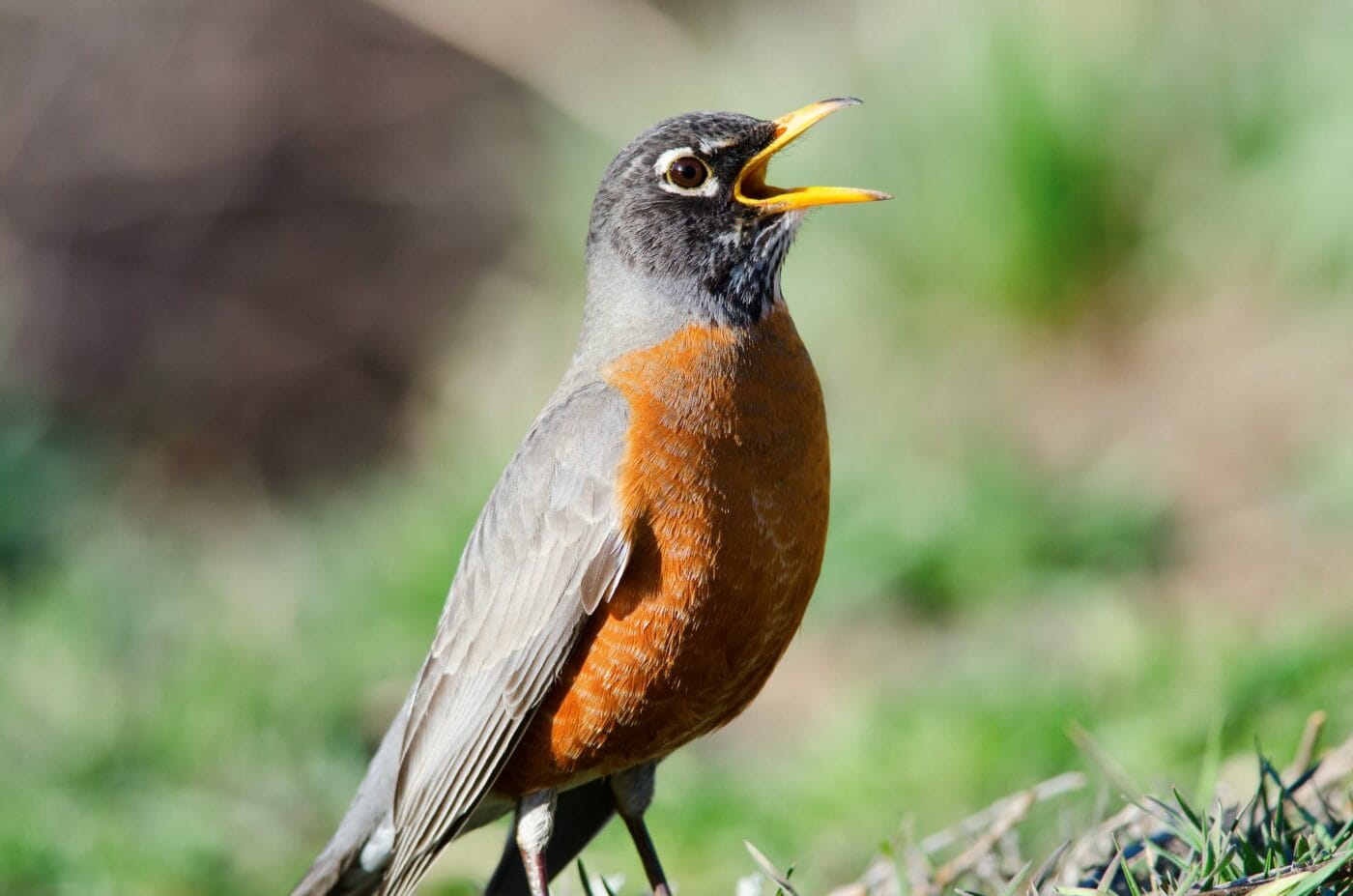
Robins are everywhere. The largest member of the thrush family, which includes bluebirds, American robins live in woods, fields, backyards, and parks spanning from Canada to Mexico. They’re officially the most ubiquitous bird on the continent. The avian conservation organization Partners in Flight estimates the robin population at 366 million. This represents a seven-fold increase in their numbers since the 1960s.
They don’t all migrate. Despite earning a reputation for being the first migratory bird to arrive “home,” announcing the arrival of spring, many robins don’t go anywhere. As a result of climate change, they’re able to survive the North’s more moderate temperatures. If the thermometer does plummet, robins have a few ways to cope. They fluff their feathers to trap heat and also rely on what’s known as a countercurrent heat exchange system, which helps keep their blood warm. Robins also roost together, sharing in the misery of a cold night to conserve even more body heat.
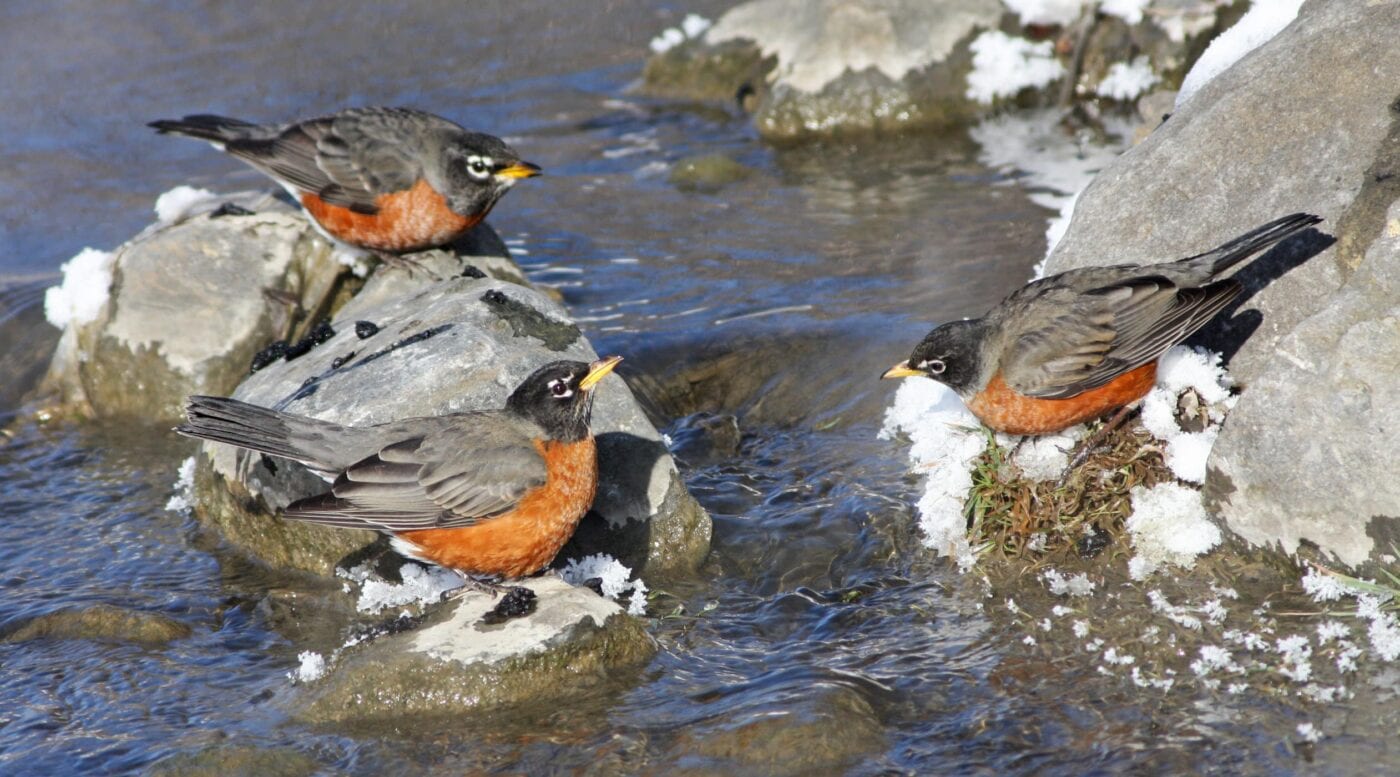
Robins helped raise environmental awareness. In an effort to eliminate the fungus causing Dutch elm disease, trees in the 1950s were sprayed with the pesticide DDT. Earthworms became poisoned after eating contaminated leaf litter and so, too, did robins eating the worms. Studies showed that a robin could die by ingesting fewer than a dozen worms. Rachel Carson’s bestselling book Silent Spring, published in 1962, alerted the public to the devastating, unintentional, toll the toxins had on the birds — and on the joy of hearing their call. In large part because of her book (and robins, of course), DDT was banned in 1972.
They feature in Indigenous legends. In one myth, the robin received its glowing breast as a reward for fanning a fire with its wings through a freezing night, keeping a chief alive. Jane Johnston Schoolcraft (1800-42), a member of the Ojibwa tribe and recognized as an early Native American literary writer, based her story about the robins’ origin on a Chippewa legend. When it came to naming the birds, Indigenous peoples tried to mimic its call. According to avian ecologist Jessica Gorzo, these include “peyetchew” (Cree), “opitcki” (Ojibwa), and “pipitshi” (Nipissing). Colonists named it after the European robin, similar in color but not related.
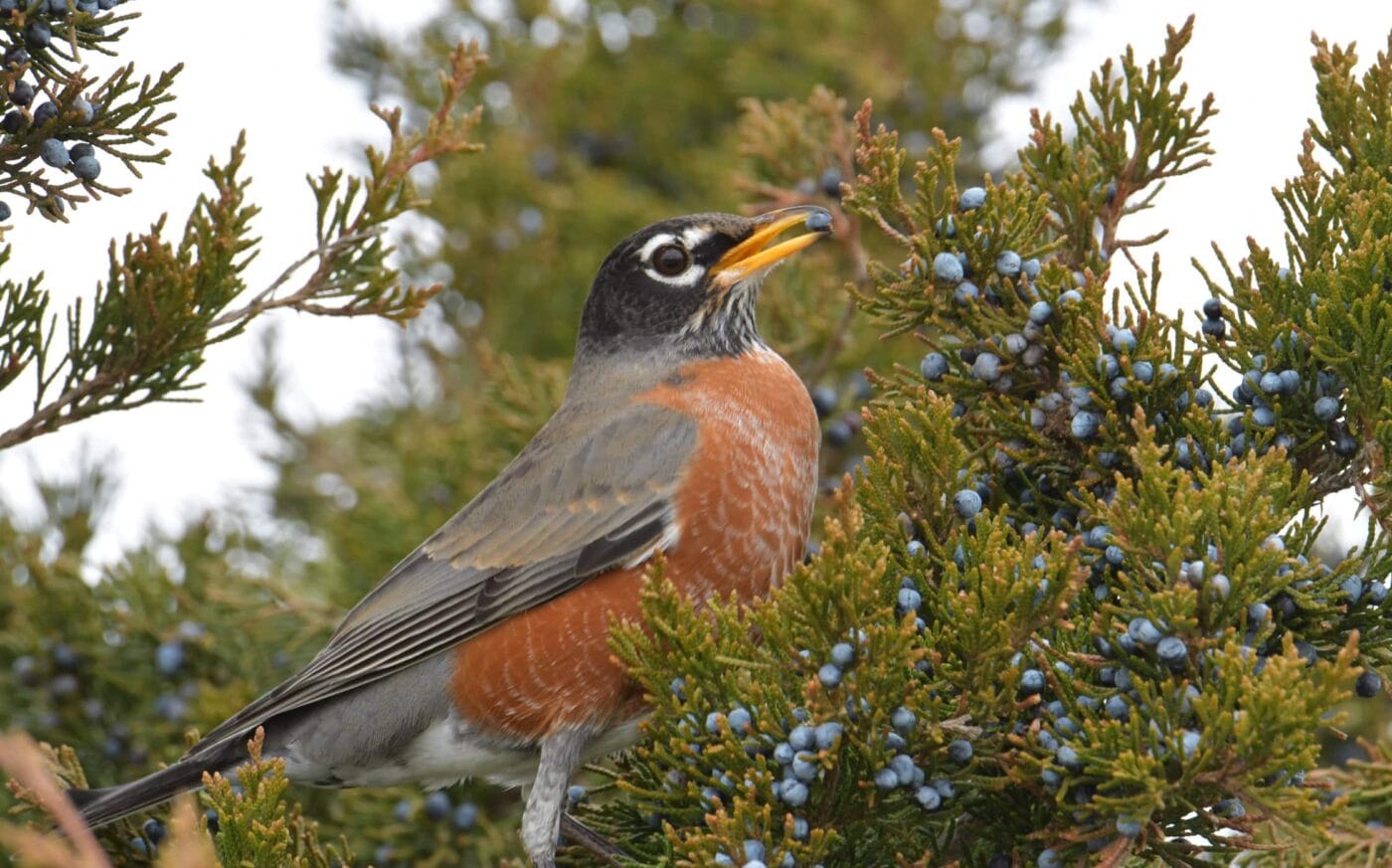
Robins aren’t really red. Despite the common nickname “robin red breast,” the birds’ front is closer to orange. However, there’s no disputing the astonishing color of their eggs — the trademarked robin’s egg blue — that’s the result of the bile pigment biliverdin deposited as the shell is formed. Researchers found that the more vivid the eggs’ hue, the more interest a male bird takes in caring for the resulting offspring. They feed the just-hatched progeny of a bluer egg up to twice as much.
Robins construct their nests from the inside out. They begin by pressing grass and twigs into a cup shape before using their wings, beak, and feet to plaster the exterior with mud. Finally, they create a soft bed for the eggs, relying on everything from moss, thread, paper, and feathers. It takes up to two weeks for the eggs to hatch. The young spend roughly two more weeks in the nest before they’re capable of flying.
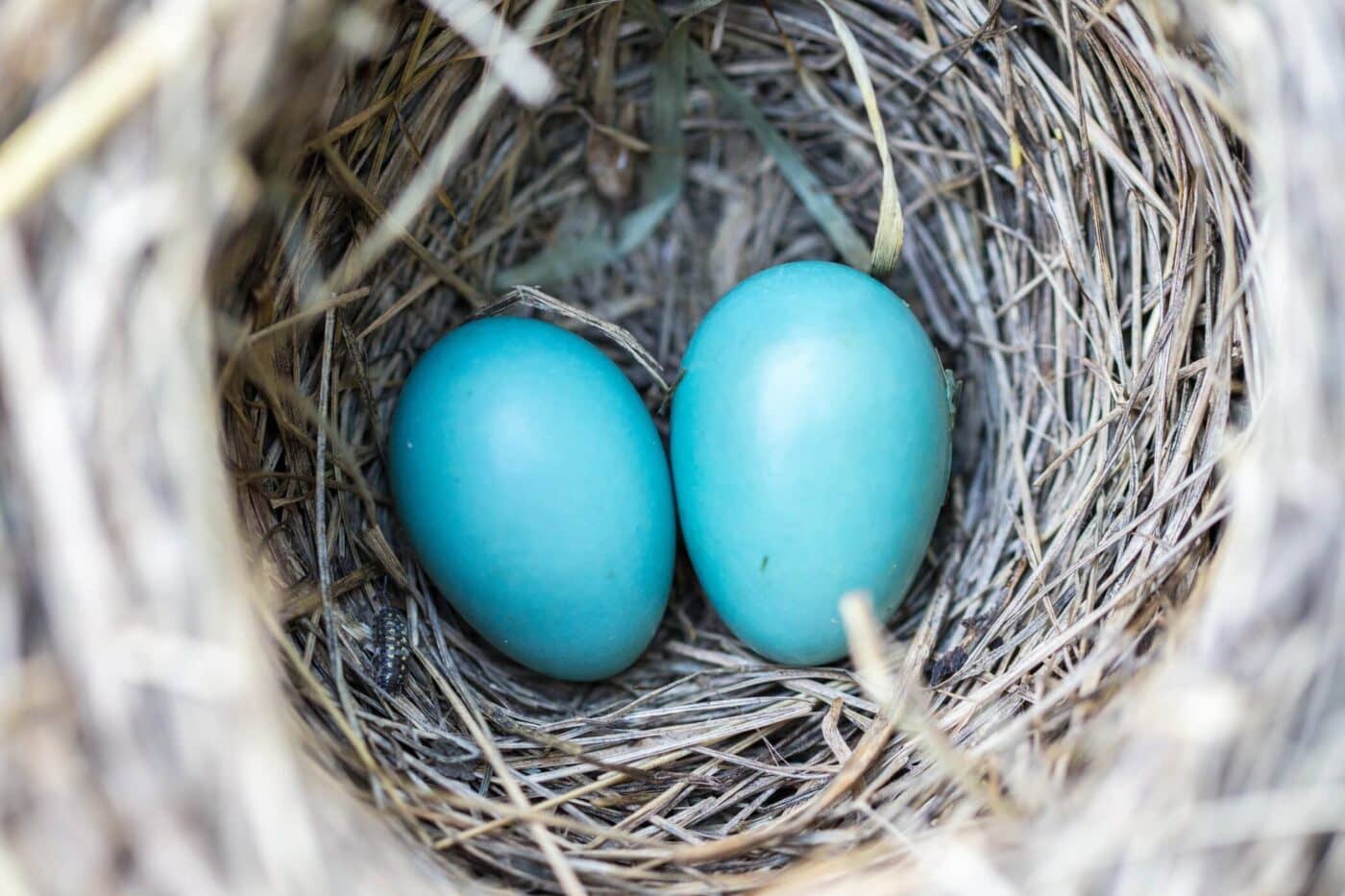
Their diet changes during the day. Robins live by the saying “the early bird catches the worm.” Mornings, you’ll find them performing a unique running and stopping behavior, halting to pull a fat earthworm or grub out of the ground. Thanks in part to their monocular vision, which allows each eye to see different things, the birds can spot and devour up to 14 feet of earthworms before noon. Come the p.m., they switch to eating berries and fruits.
Robins can get drunk. This occurs in the fall, when the birds feast on berries and fruits that have fermented. According to a NYS Parks blog, “most are just a bit tipsy and you might not be able to notice any signs. However, when some birds overdo it, they may have trouble perching, hopping/walking, and controlling their flight, often crashing into branches and each other.”
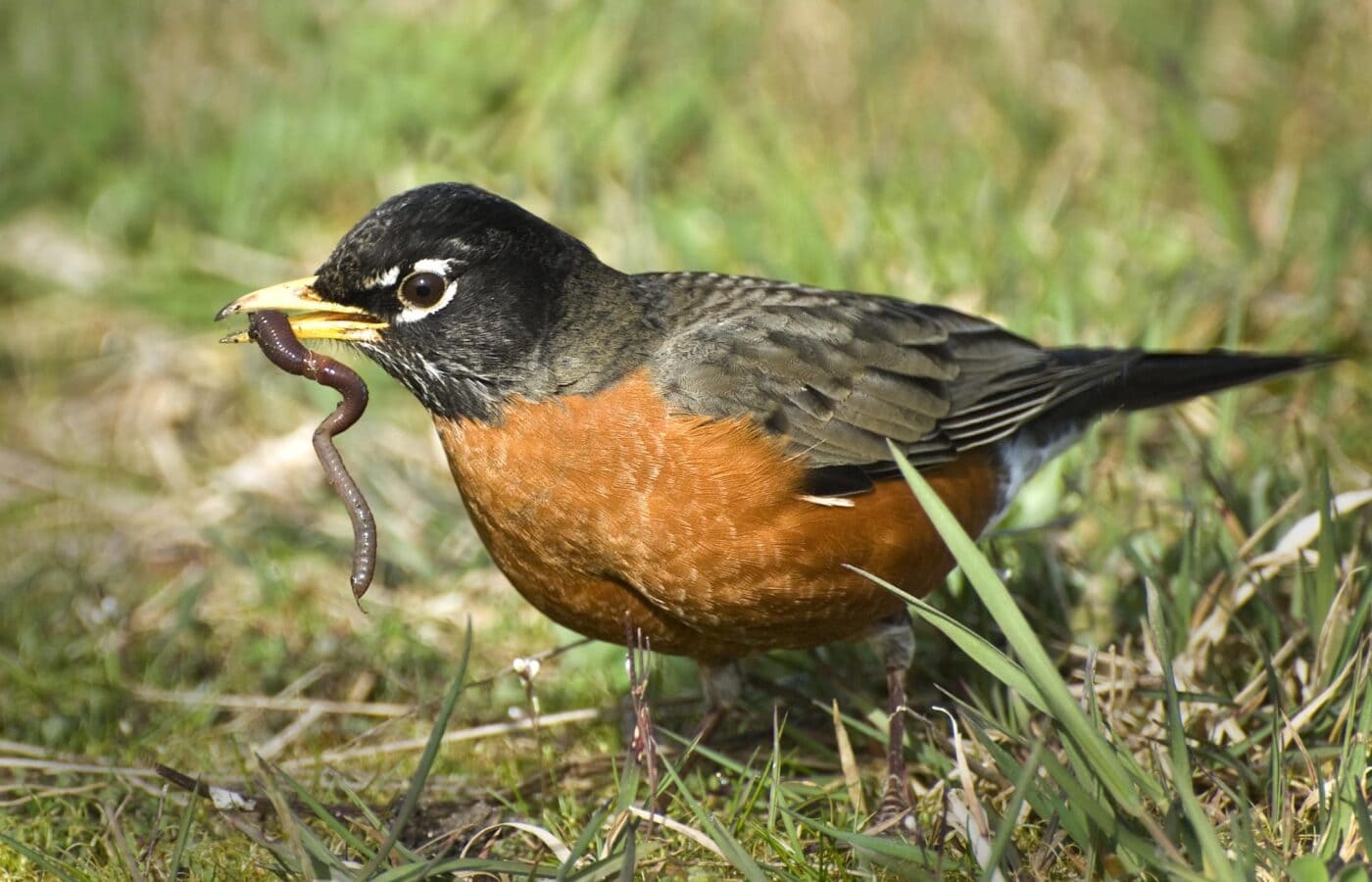
They inspire others to sing. “When the Red, Red Robin (Comes Bob, Bob, Bobbin’ Along)” has been a staple of the American Songbook ever since Harry Woods wrote it in 1926. Check out this jazzy version by Louis Armstrong. The bird really got its groove on — and reached #2 on the Billboard charts — when Bobby Day recorded “Rockin’ Robin” in 1958. Later, the song also became a success for the Jackson Five. Its catchy refrain goes:
He rocks in the treetops all day long, hoppin’ and a-boppin’ and singing his song
All the little birds on Jaybird Street love to hear the robin go tweet-tweet-tweet
